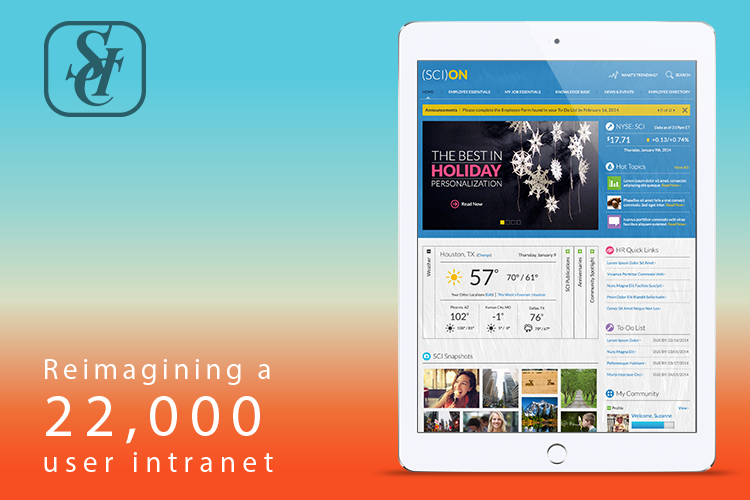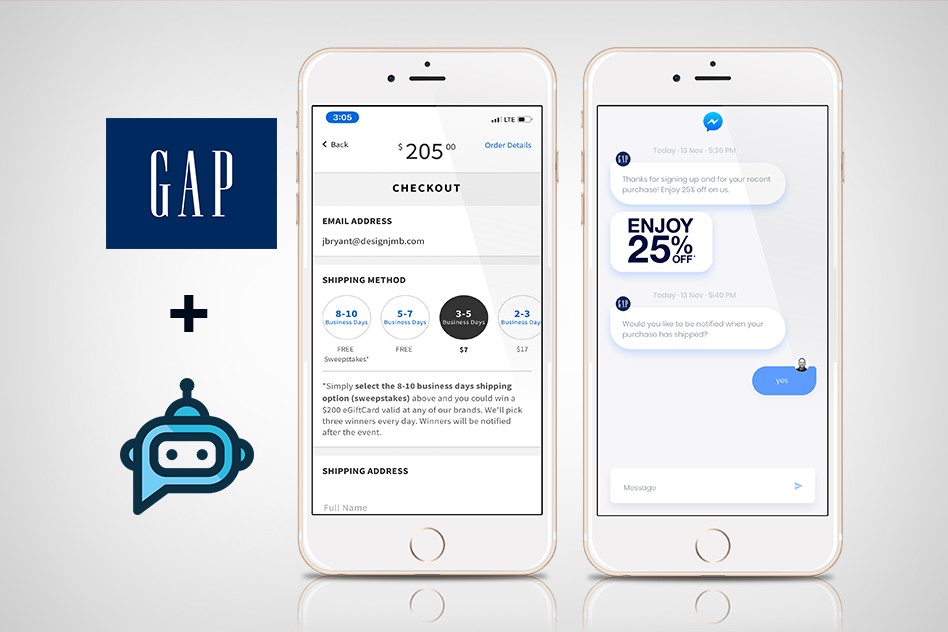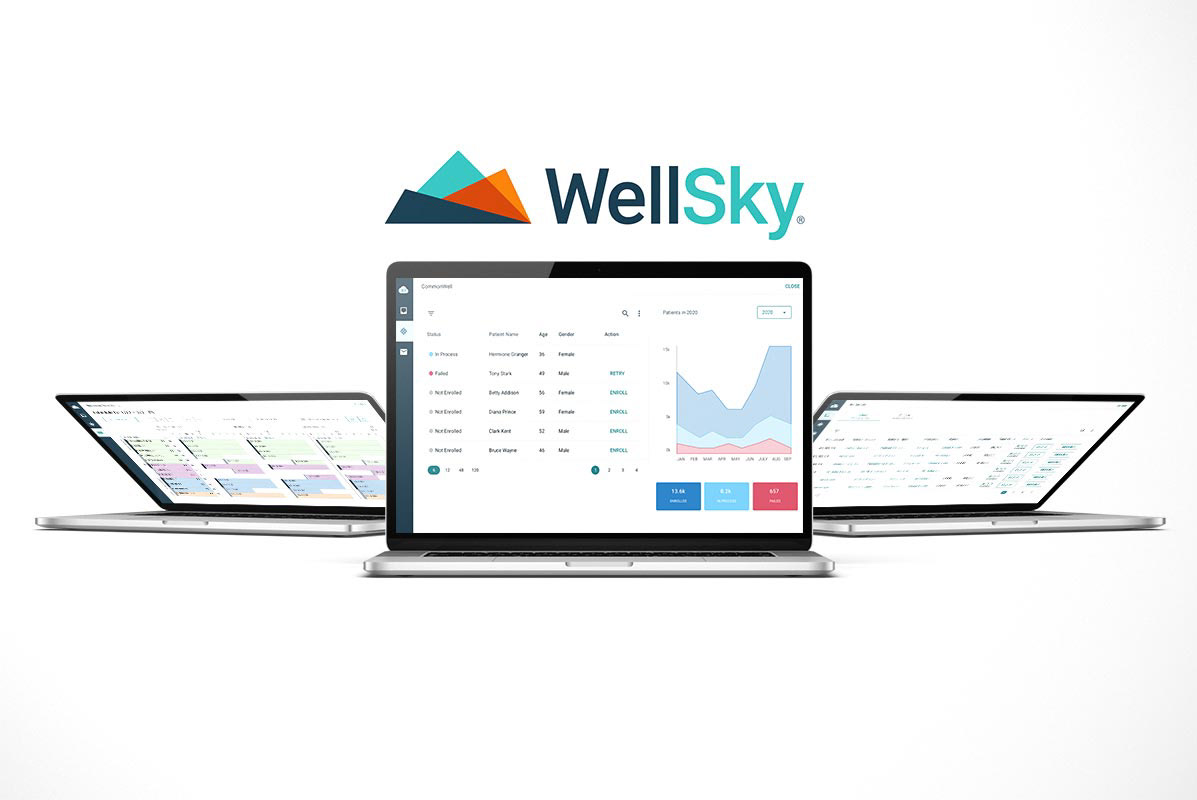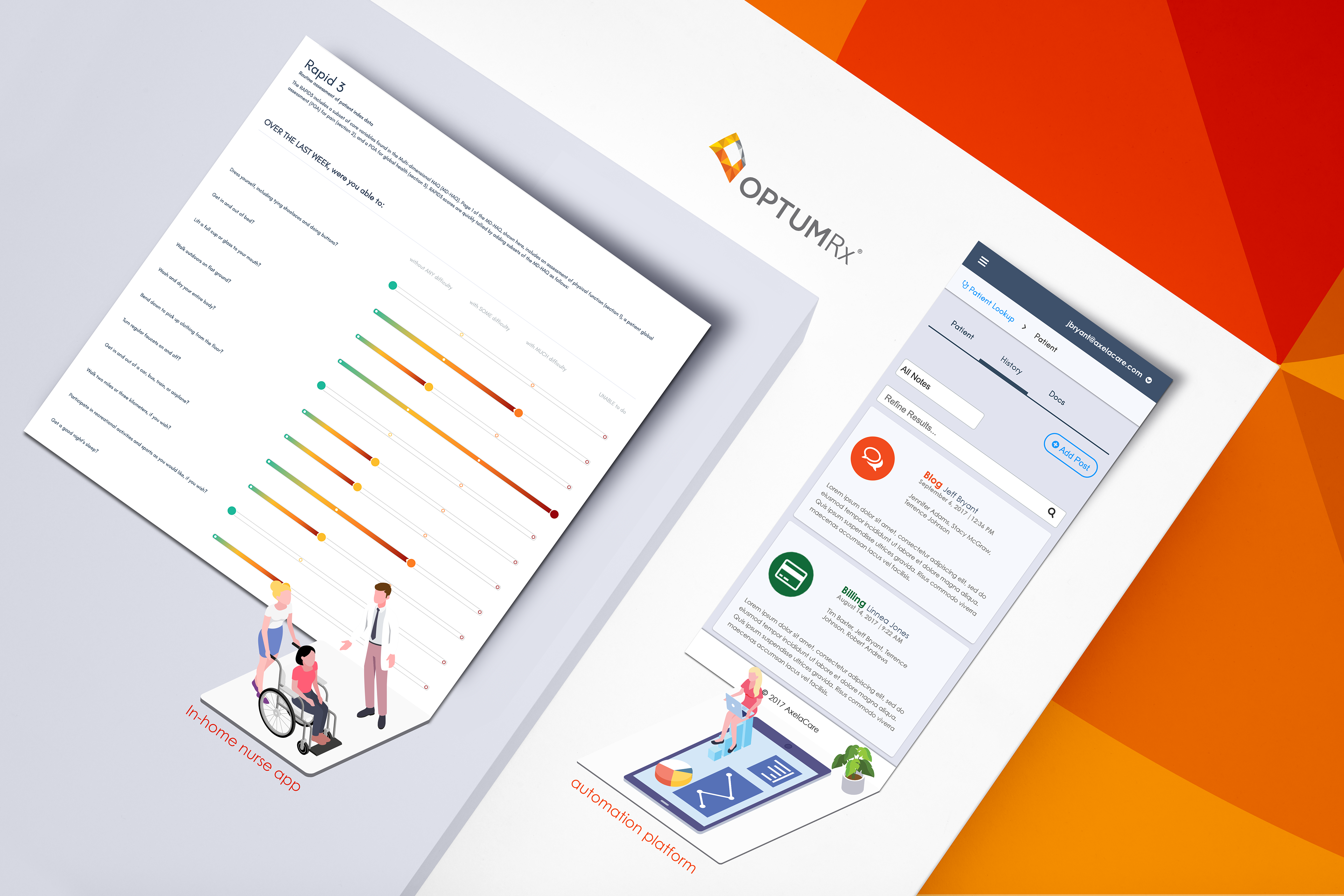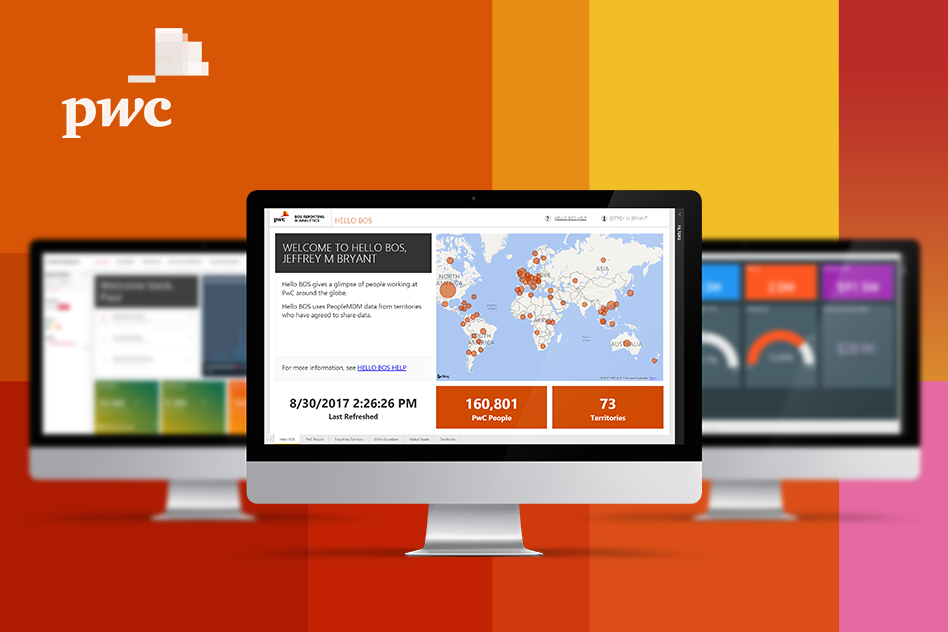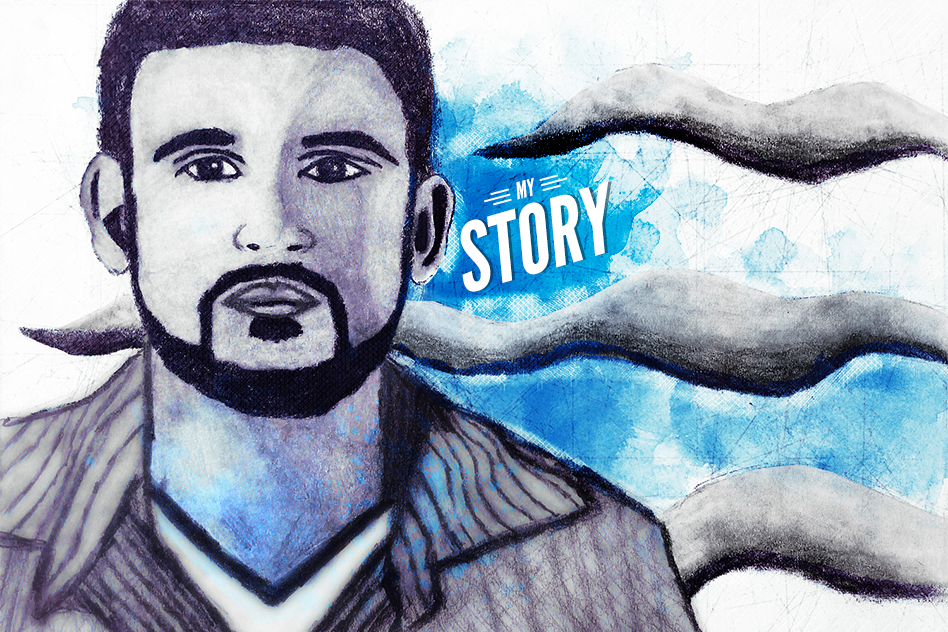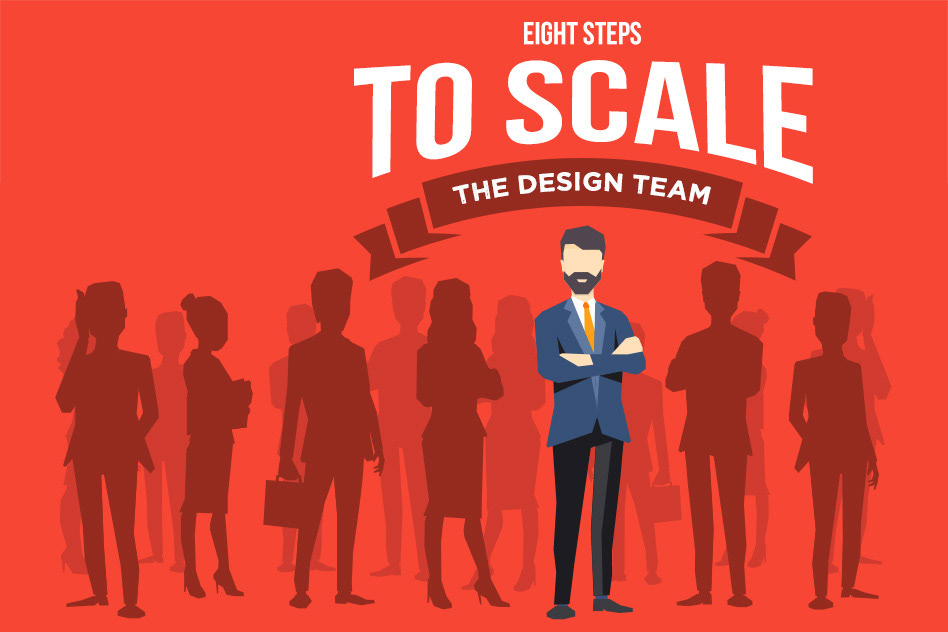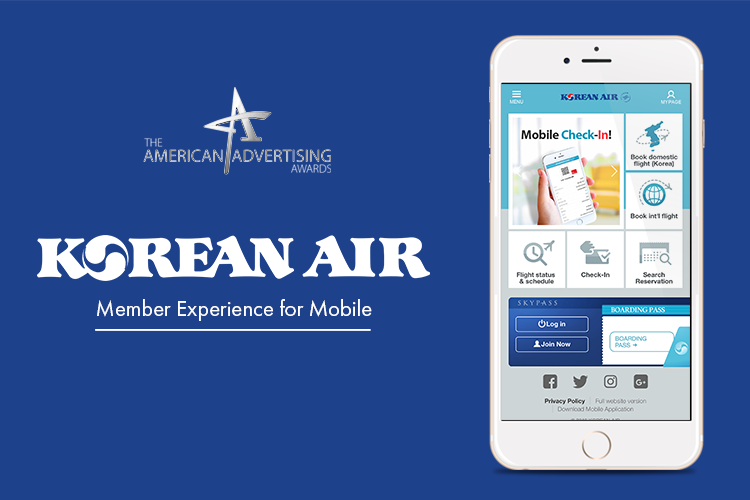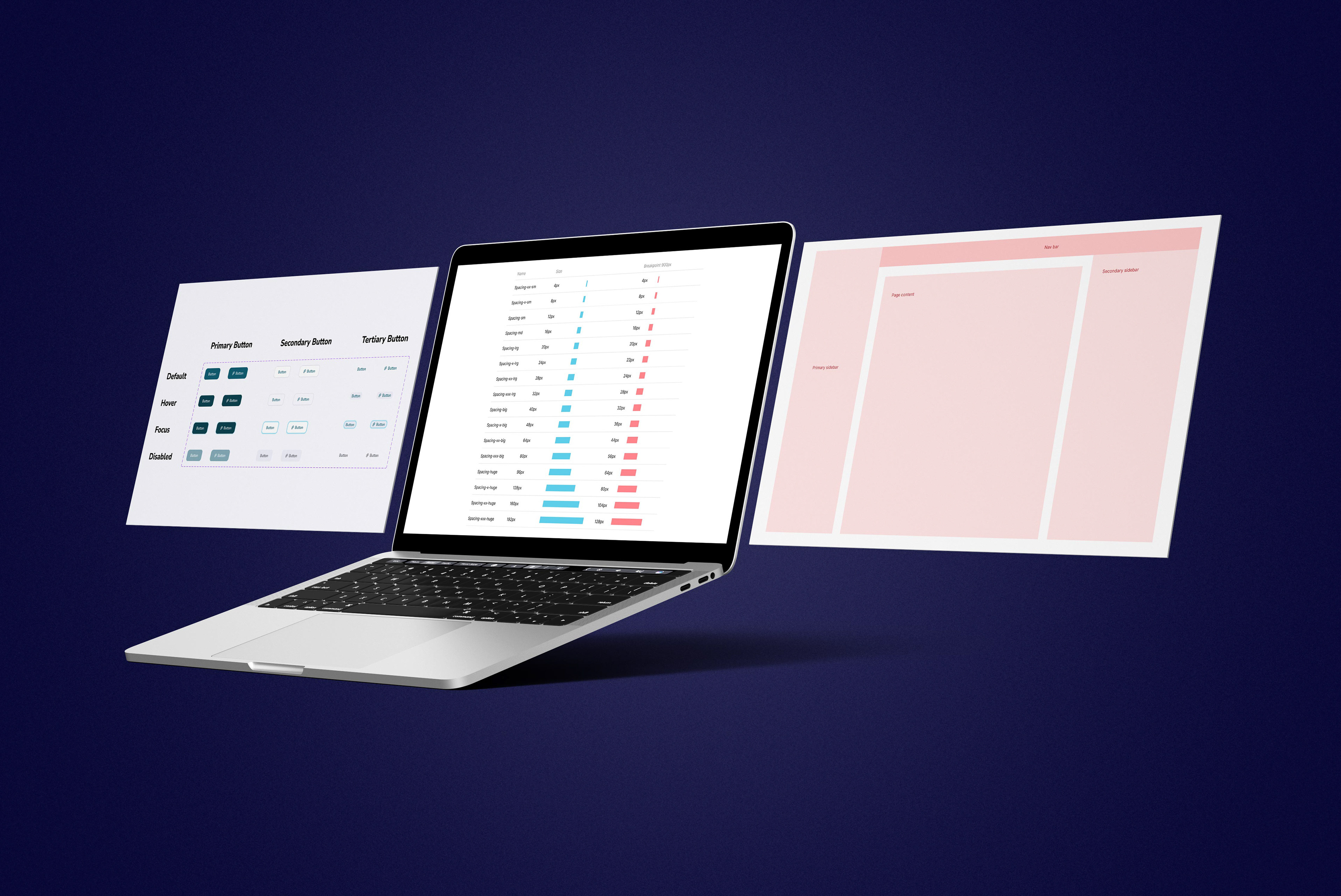The Challenge
Back in 2015, the Nintendo developer and publisher process was segmented across more than 40 regionally dispersed teams. This fragmented approach presented significant challenges for third-party developers seeking to publish games. The prevailing ad hoc nature of this practice rendered the game publishing experience nearly unattainable for them. Recognizing the imperative of expanding its game offerings for the vast user base of approximately 75 million customers, Nintendo had to pivot and amplify its developer engagement strategies.
Harmonizing Processes and Streamlining Experiences: Collaborative Evolution of Nintendo's Developer Journey
Our collaborative efforts extended across the expanse of Asia, Europe, and the Americas, encompassing each of the 40+ teams. The objective was to meticulously document and amalgamate their respective processes, culminating in the development of a comprehensive end-to-end experience. Subsequently, our focus pivoted to an exploration of automation solutions, aimed at refining and streamlining the developer journey to achieve an optimal, seamlessly integrated experience.
Streamlining Nintendo's Developer Journey: From Fragmented Websites to a Unified Portal
In the initial stages, each individual Nintendo team maintained a distinct website to house their specific segment of the process. Gradually, the majority of these websites were seamlessly integrated into the unified framework of the Nintendo Developer Portal. This meticulously designed site architecture serves as a guiding pathway, leading users through the intricacies of game development and publishing. Furthermore, it functions as a pivotal hub, offering users not only a launching point for various tools and applications but also an entryway into the comprehensive end-to-end developer experience.
Navigating Diversity: Crafting an Adaptive Search System for Console Documentation Across Cultures
Managing an extensive collection of documents per console, tailored for diverse cultures, demanded an organized approach that facilitated meaningful accessibility. To fulfill this need, we introduced a versatile search system equipped with multiple avenues for exploration. This innovative system was structured around the integration of tags, categories, and a fuzzy search feature, powered by approximate string matching. Together, these components provided users with a fluid and comprehensive way to navigate through the documentation repository.
Refining User Experience: Addressing Challenges with Category and Tag Filtering Interface
The initial design incorporated user filtering based on categories or tags. Given that these values were pre-established, our approach involved employing two autocomplete fields that would display available options upon clicking. However, this interface design encountered two notable challenges during testing:
1. Users faced confusion discerning the distinction between categories and tags.
2. Users held the anticipation that the interface would function similarly to a Google search experience.
Enhancing Search Efficiency: Transitioning to Fuzzy Search for Streamlined Document Discovery
We streamlined the filtering process by substituting the dual filters with a singular search box. The incorporation of a fuzzy search functionality empowered users to input any keyword, spanning all columns including tags and categories. This refined design culminated in a seamless user experience, effectively facilitating the swift discovery of pertinent documents and content.
Fostering Seamlessness: Enhancing User Experience and Interface Consistency for Nintendo's Development Tools
The journey from perusing documents to embarking on game development initiates with a desktop application. This pivotal step is facilitated by the Nintendo Developer Interface and Zarf Server Dashboard, which empower game developers to efficiently obtain and deploy the Nintendo SDK. Our collaboration extended to the NDI Team, where we diligently worked to enhance the user experience and implement a harmonized interface that resonated with the overarching design of the Nintendo Developer Portal.
Empowering Game Development: Exploring Nintendo's Suite of Applications for Enhanced Title Design and Preview
Upon commencing the development phase, game developers are presented with an array of Nintendo applications tailored to facilitate the design and creation of Nintendo titles. Among these applications, a standout is a tool that enables developers to preview their code directly on a Switch device – a feature of utmost significance in the development process.
Crafting an Effective Testing Ground: Utilizing an Internal Team to Evaluate Nintendo's Developer Suite
The Nintendo Developer Suite functions comparably to Adobe's suite of products, albeit tailored specifically for game development. Given the plethora of applications, conducting user testing without prior issue identification would be impractical. Thus, the need arose to isolate and address these issues prior to user testing. To simulate the testing environment, an internal team comprising Artists, Programmers, and Sound Engineers was assembled. This team collaborated to create a diverse range of games, integrating various middleware with the Nintendo Developer Suite. This innovative approach allowed us to effectively assess the suite's functionality and iron out potential complications before initiating user testing.
Seamless Tracking and Resolution: Utilizing Digital Diaries to Address Bugs and Enhance User Experience
Team members documented their daily objectives and obstacles in a digital diary. These entries were subsequently scrutinized by analysts to discern any bugs or experience-related challenges. Any identified bugs were integrated into the backlog for resolution, while experience issues were directed back to the Design Team for testing and devising appropriate solutions.
Final Result
Upon reaching a state of readiness, the development team proceeds to upload the project file to the Nintendo Developer Portal. Subsequently, collaborative efforts ensue with Nintendo to ensure compliance with their standards before authorization for publication is granted. Notably, before our intervention, the game review process encompassed nearly half of the diverse ad-hoc teams. However, following our enhancements, this process has been consolidated into a self-contained workflow.
